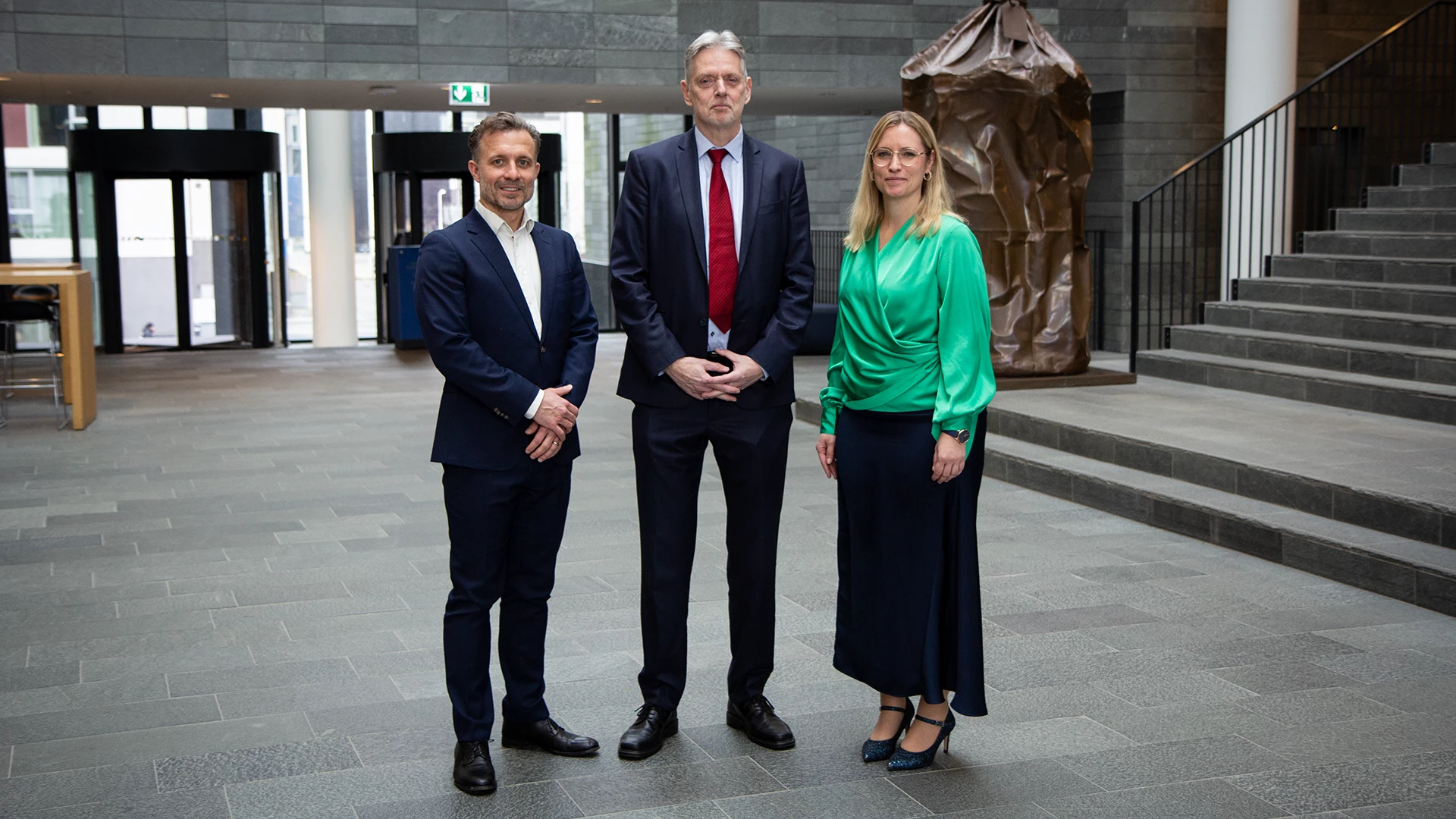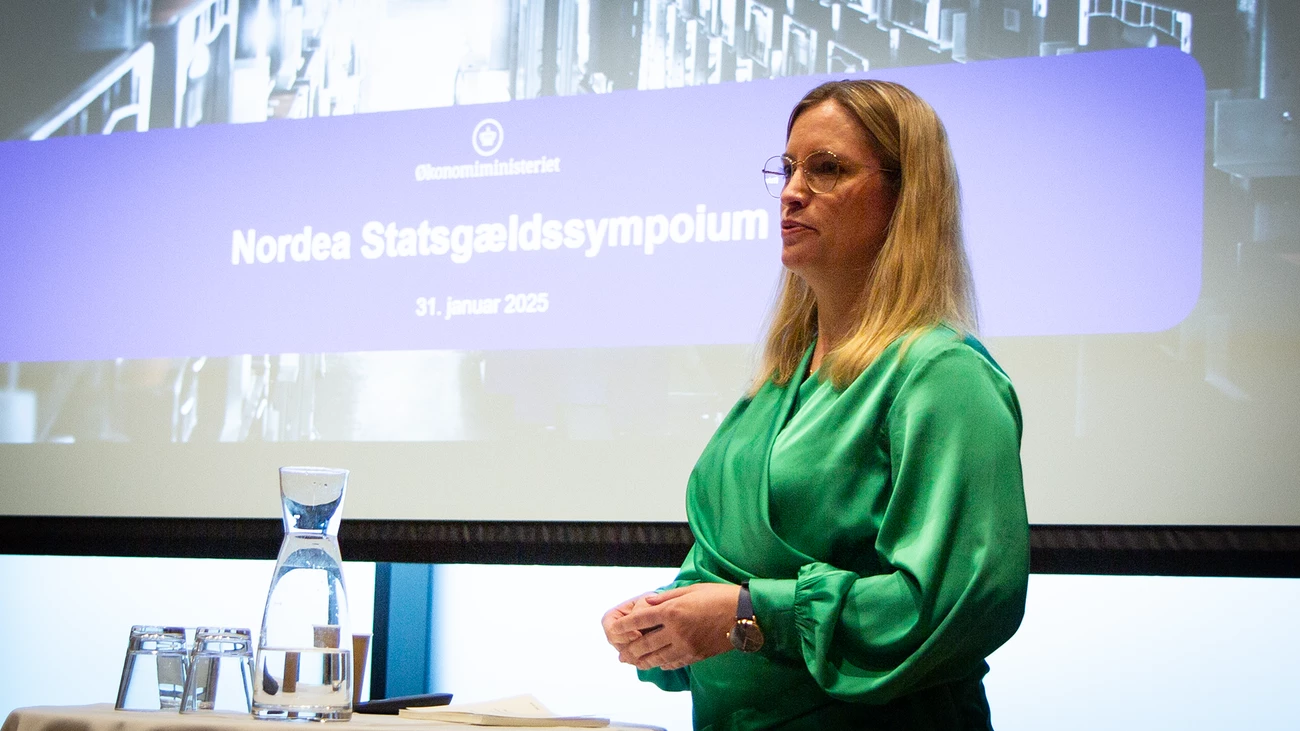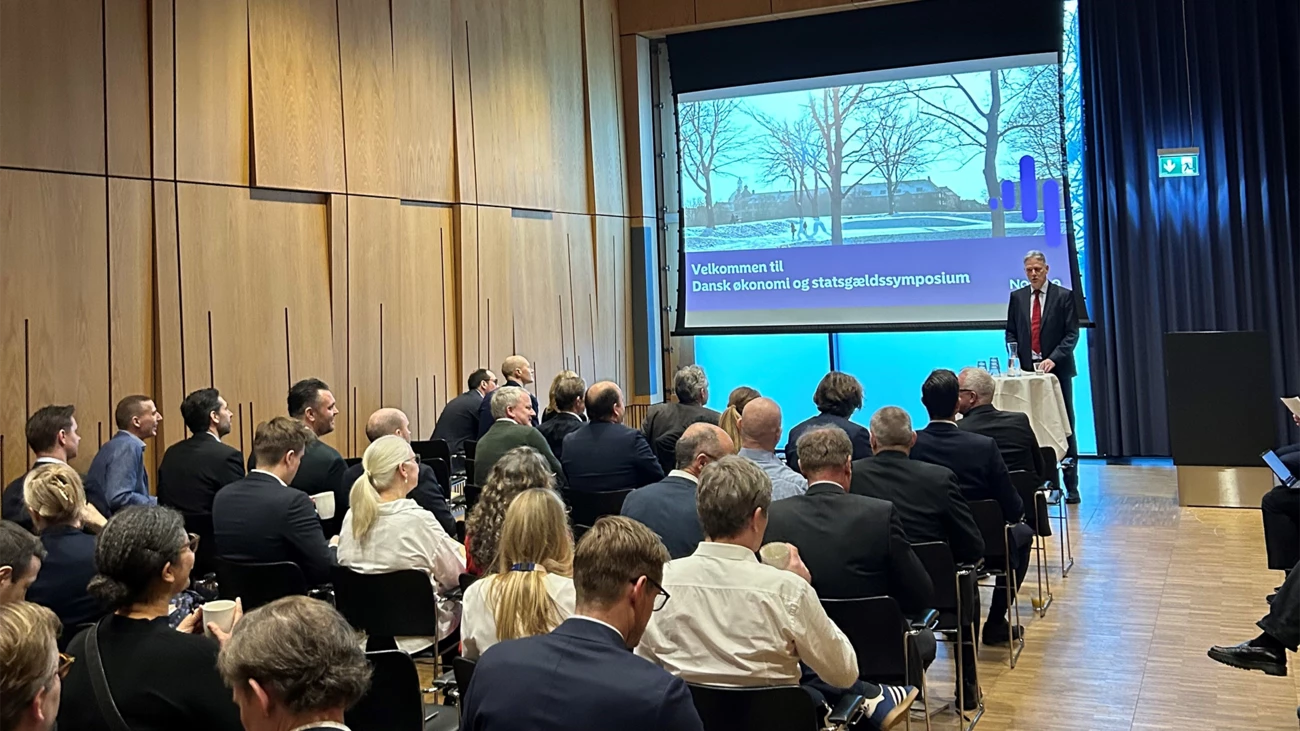Denmark’s economic foundation is strong, providing a crucial buffer against the current geopolitical uncertainties.
That was one of the key takeaways from Nordea’s 10th annual Danish Economic and Government Debt Symposium for institutional clients, which featured speakers from Denmark’s government and Danmarks Nationalbank.
“The only thing that’s relatively predictable is unpredictability,” said Denmark’s Minister for Economic Affairs, Stephanie Lose. “It’s a fundamental condition when we look ahead from where we stand now.”
Much of that uncertainty is now tied to the geopolitical situation, ever since the war in Ukraine started, and more recently with the change in presidency in the US, she explained.
“It’s a new world we’re in,” she said, with tariffs being used as a negotiation tool. Just days after the event, President Donald Trump announced tariffs on US imports from Canada, Mexico and China. The tariffs against Canada and Mexico were later put on hold.
“Trade with the US means a lot for Danish exports. Any form of trade war could have consequences,” she said. “But regardless of what hits us, we have a good starting point.”





